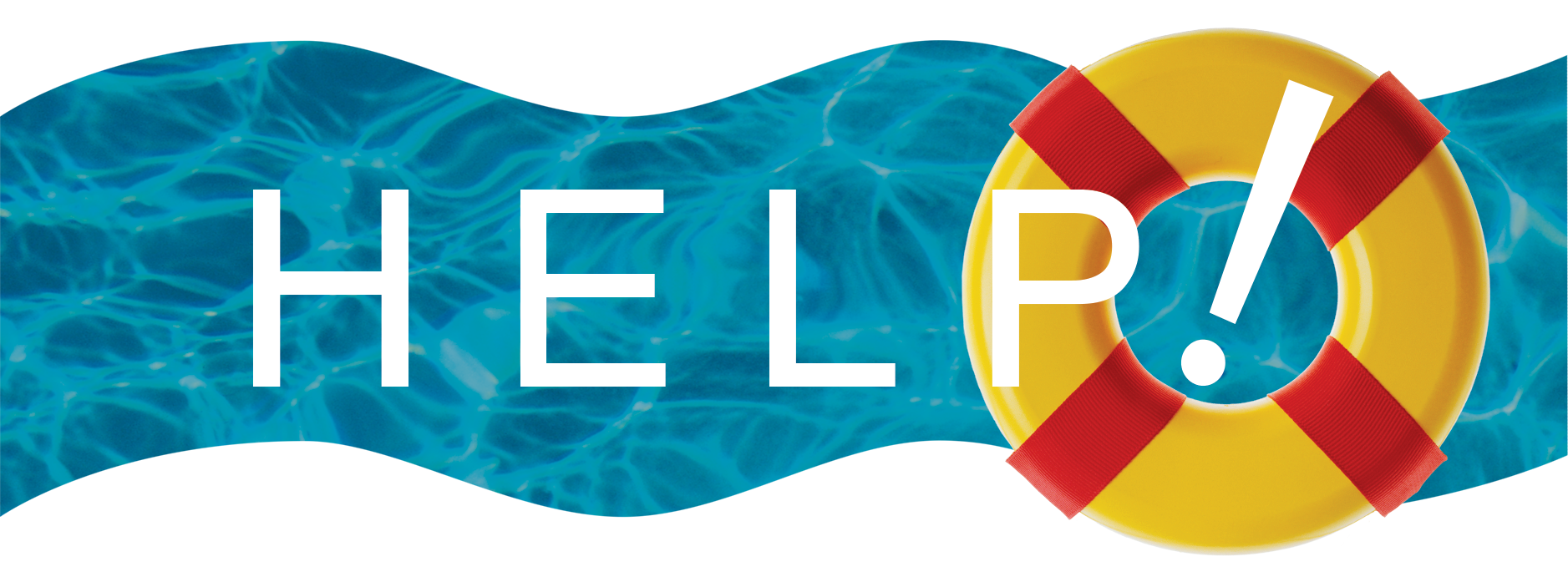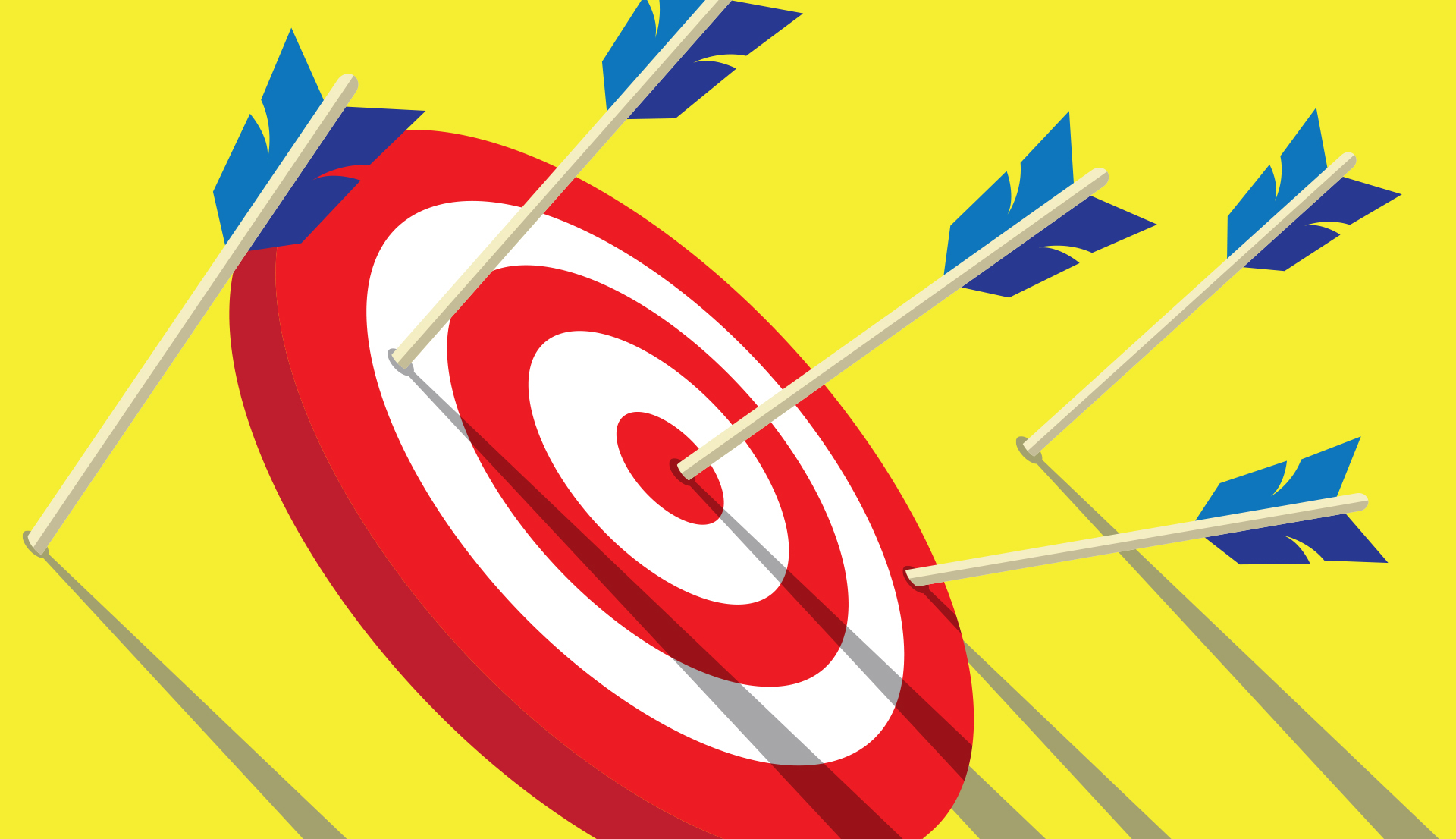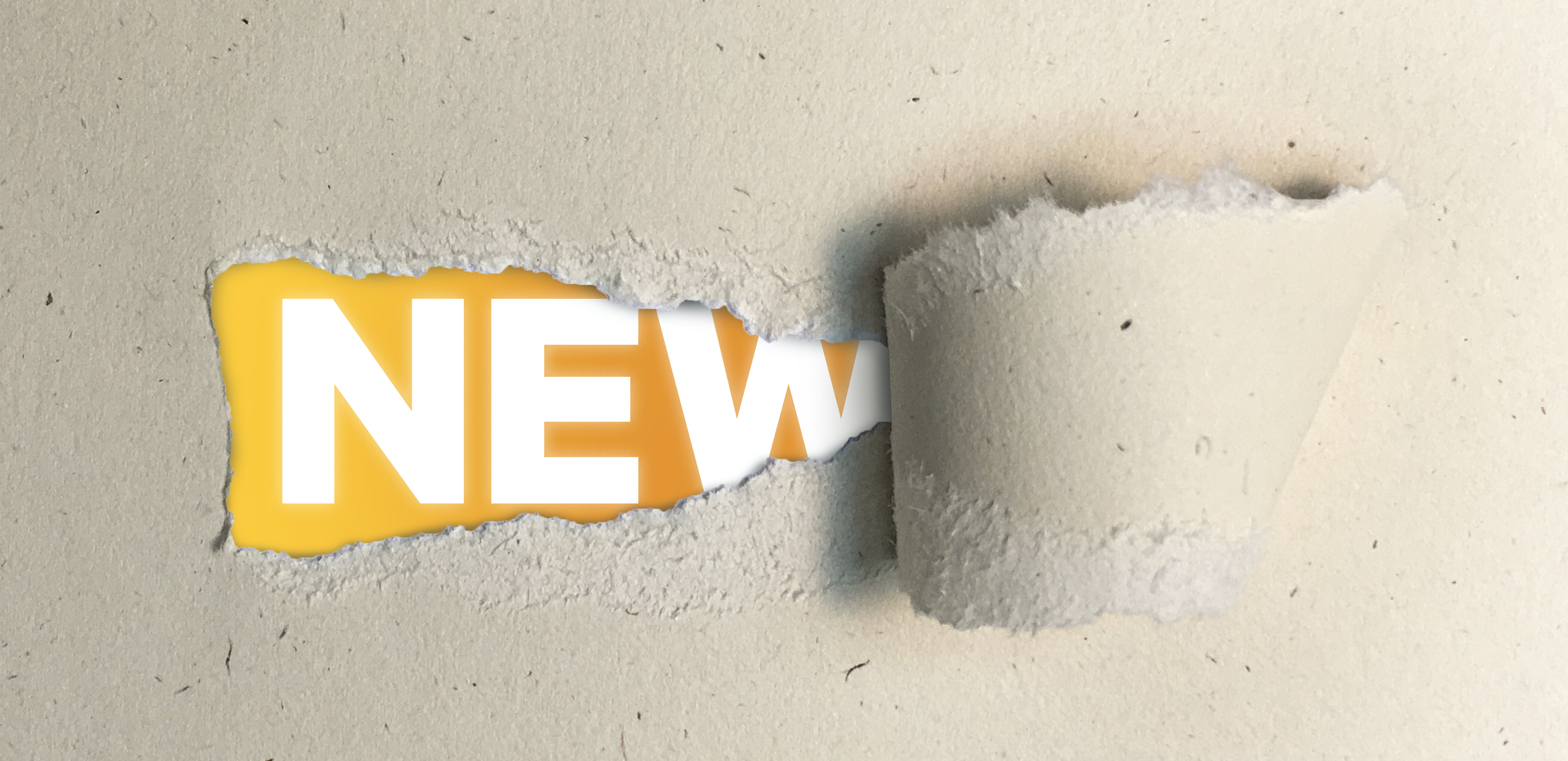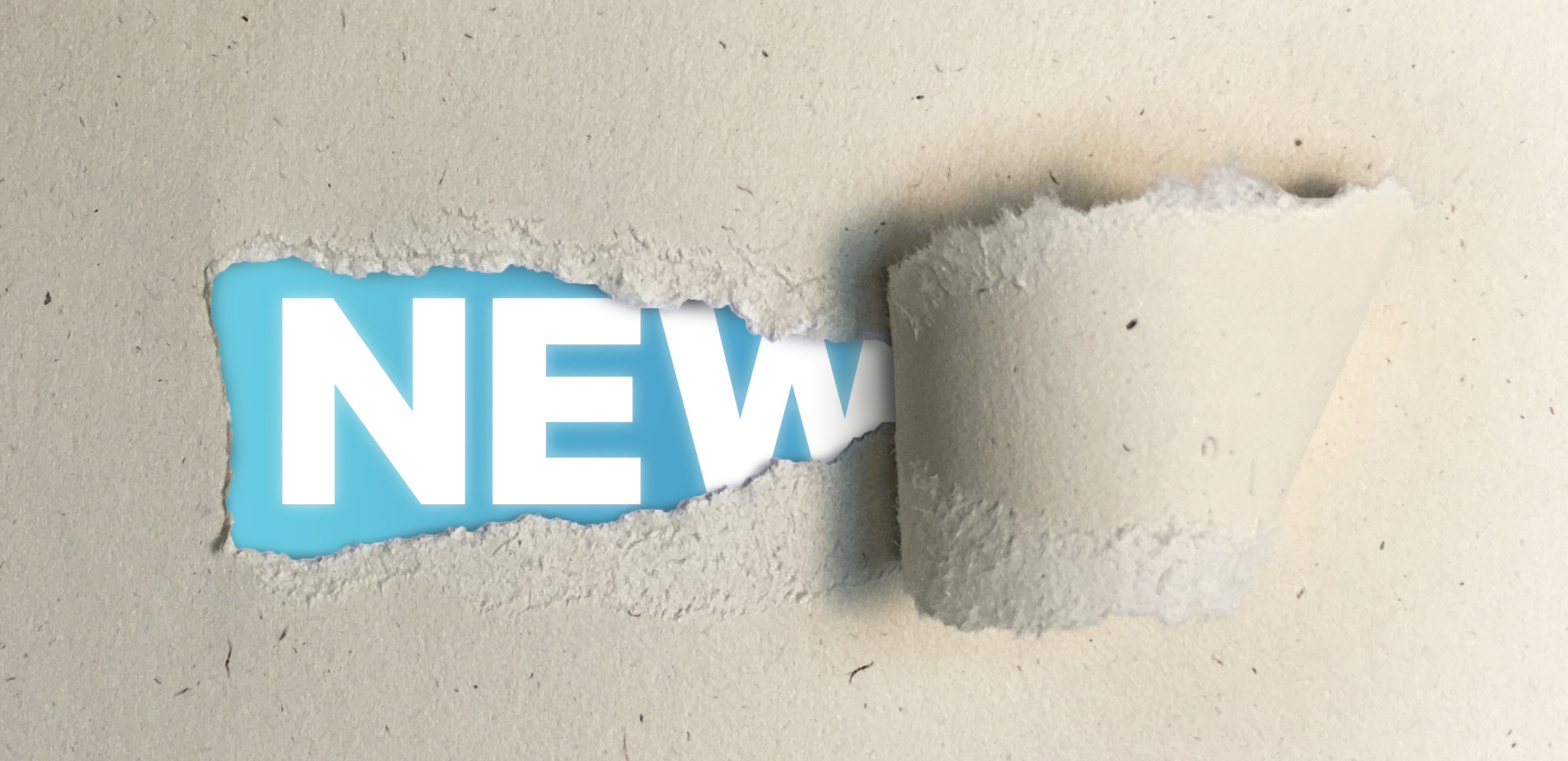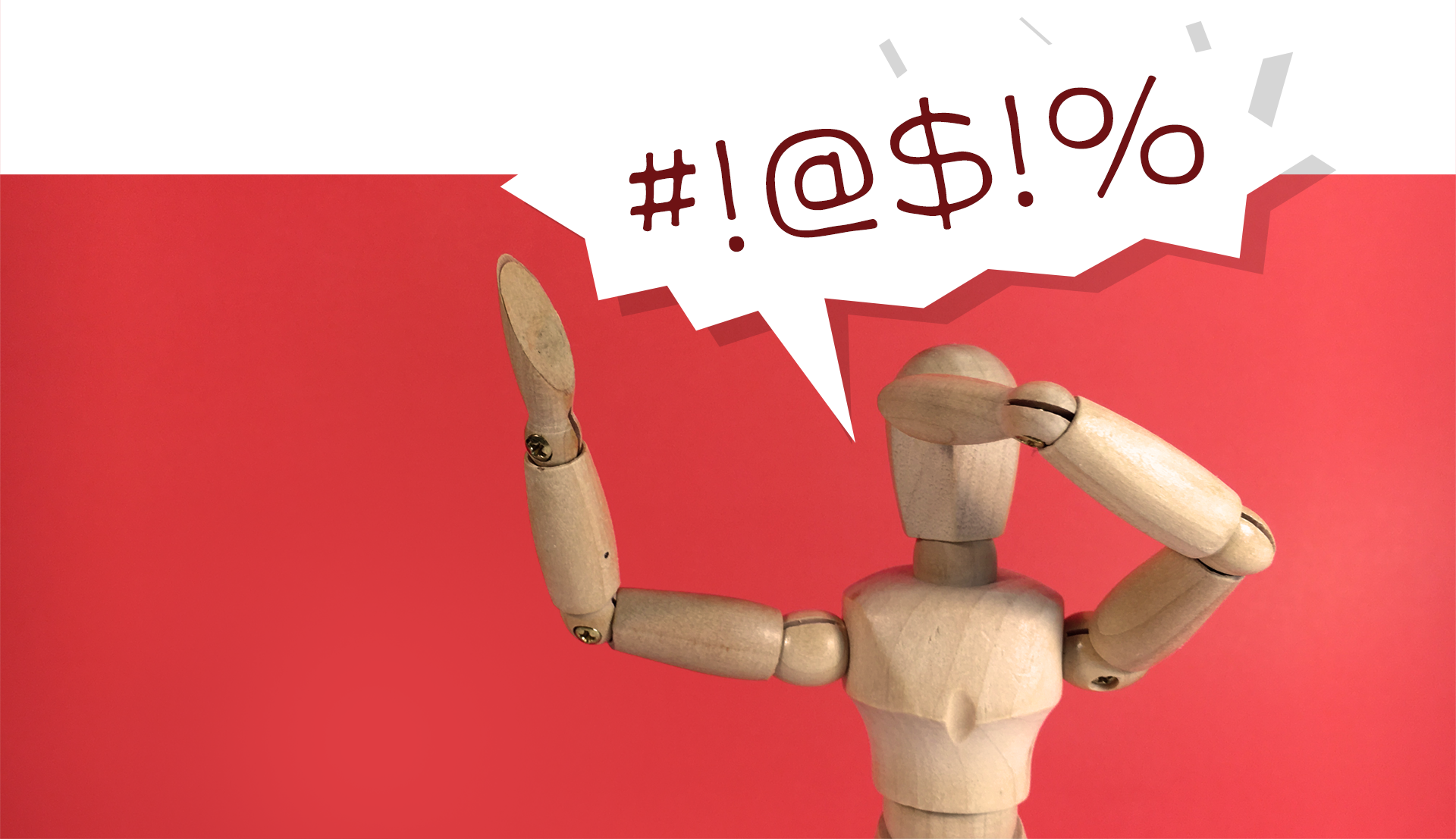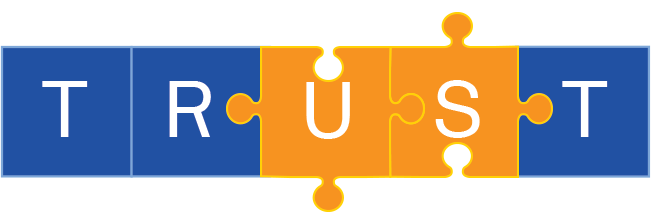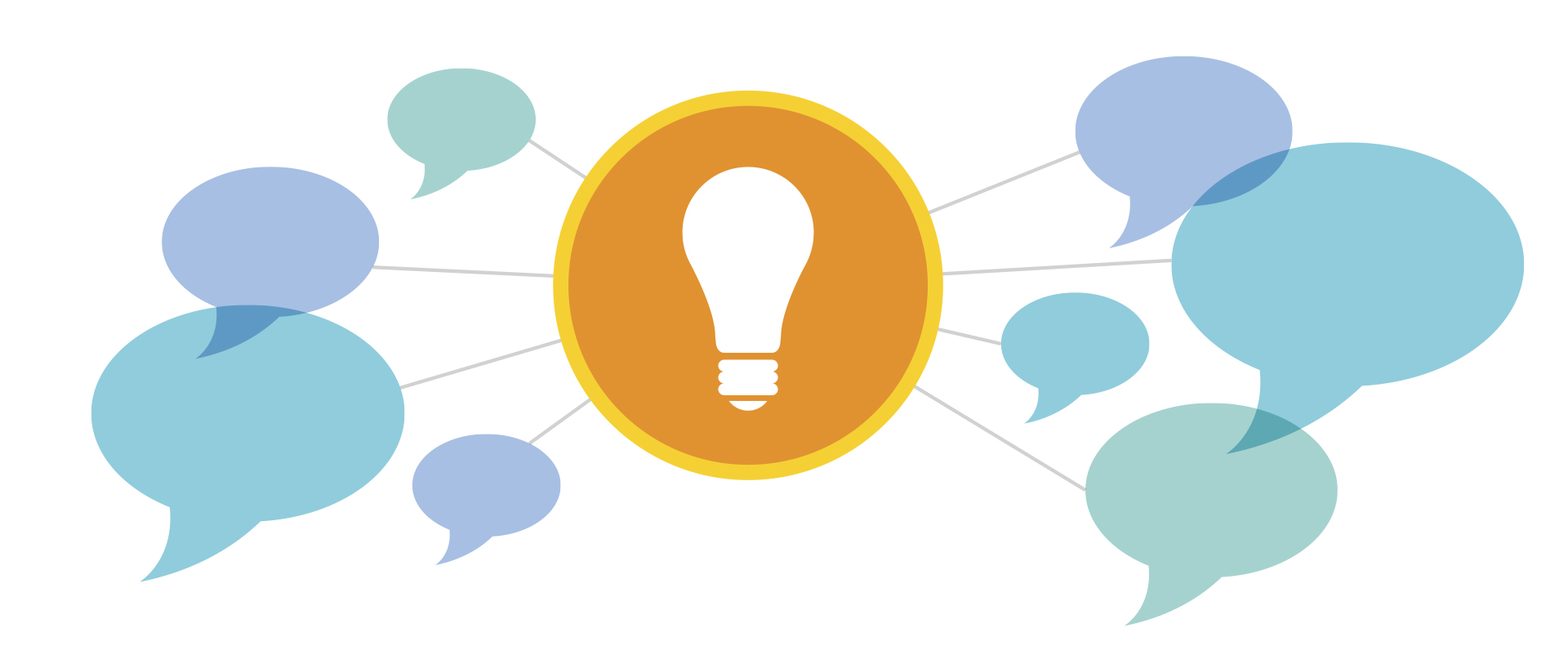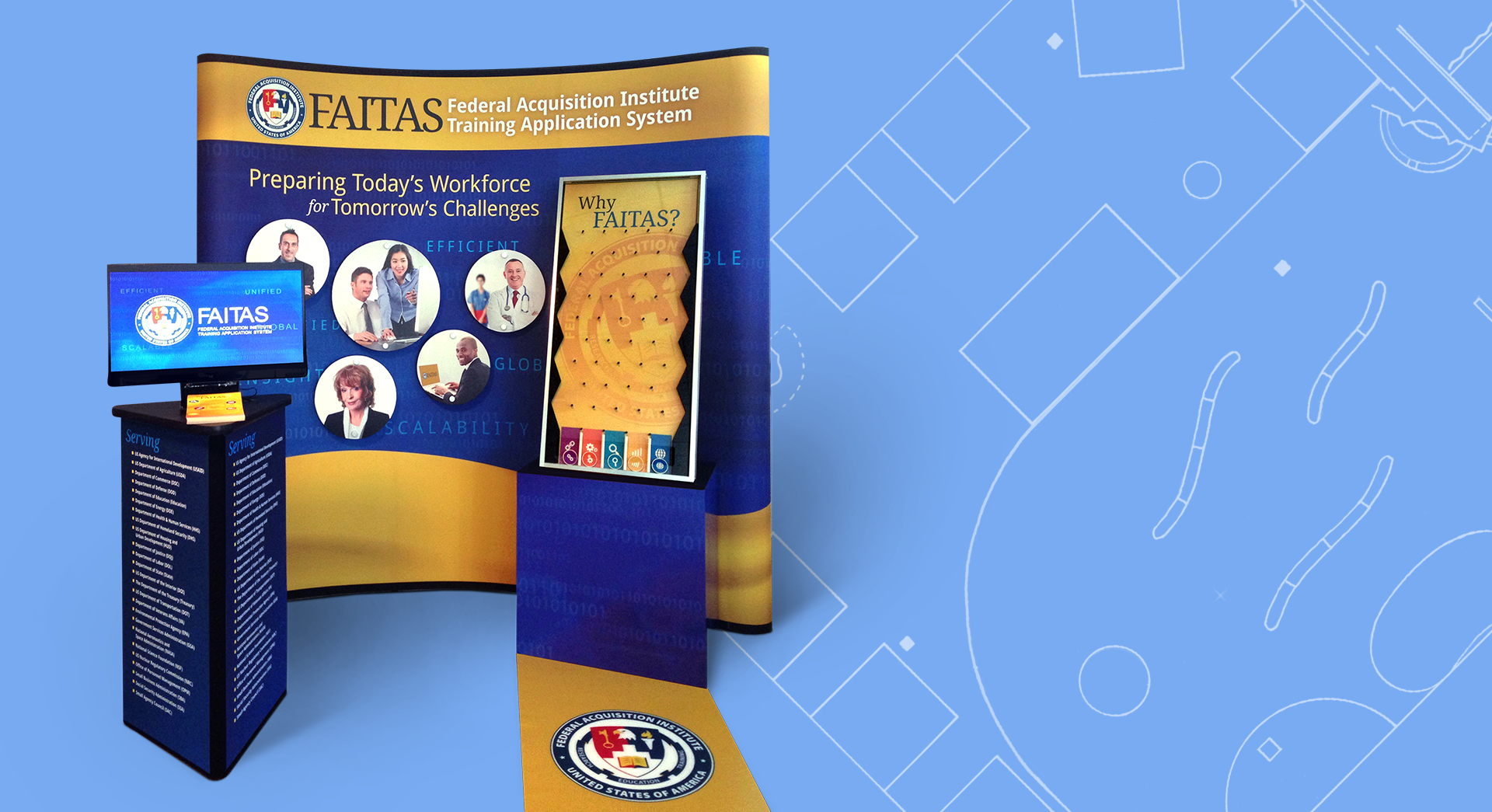
Ten feet might not sound like much space…until you find out that you have to put together a 10 x 10 foot trade show exhibit for your nonprofit organization this fall.
Suddenly, 10 feet seems like the length of a football field.
As daunting as it might seem to be tasked with organizing and running your organization’s exhibit, an experienced design firm can help you maximize your trade show experience.
Getting Started
To begin, a design firm will help you outline the scope, scale and goals of your exhibit.
How big is the booth area you have to work with? What are you hoping to achieve?
Are you trying to increase general awareness about your organization? Are you attempting to boost membership? Are you introducing a new product or simply trying to network?
Once those questions are answered, you’ll need to develop a budget and timeline. When it comes to the schedule, it’s often helpful to work backward, beginning with the date of the trade show.
Think Ahead
It can be challenging to think down the road when you have so much work to do right now, but it’s important to consider how you might use your exhibit materials in the future. For example, beyond your immediate needs, could you use that banner stand at an event two months from now? If so, it might behoove you to spend more on a quality product that can be used multiple times.
Not sure how you can repurpose your exhibit materials? An experienced design firm can advise you and tailor creative solutions to your specific needs.
Rent or Buy?
Your budget and the decisions you have made regarding material re-use will dictate whether you rent or buy your hardware and accessories. Renting can seem like the more affordable option, but experienced designers may have some great leads on where to purchase unique materials. If you do purchase, it’s important to buy something durable, that can be shipped multiple times, and to use product lines that are likely to be in existence for years to come.
Promoting Your Exhibit
The promotion of your exhibit is actually a pretty big piece of your project. First, you need to work with your design firm to create eye-catching save-the-date cards and other marketing collateral to draw attendance.
Next, you want to do something to help your exhibit space stand out.
To draw traffic, you could:
- Feature an interactive game
- Offer a promotional giveaway
- Hold a contest
Your exhibit also presents an opportunity to gather information from your potential customers. You might ask them to sign up to receive your newsletter or have them leave their business card as part of a raffle. Consider what information could allow you to continue to reach out to your audience long after the trade show ends.
The End Result
Having a design partner who is involved early can help you to come up with the best options to meet your short- and long-term goals. An independent design firm will not only guide you every step of the way, but will also improve your ROI.
Take a look at the range of trade show exhibits that we’ve designed in our portfolio.
To see how Dever Designs can help you with your trade show exhibit, be sure to give us a call as soon as possible at 301-776-2812.
